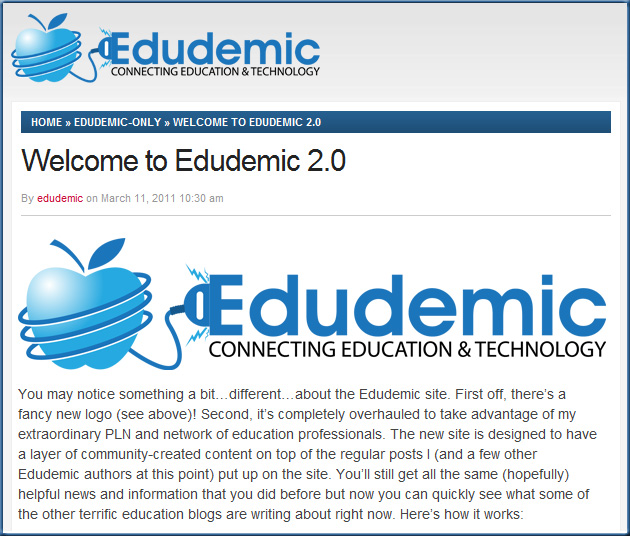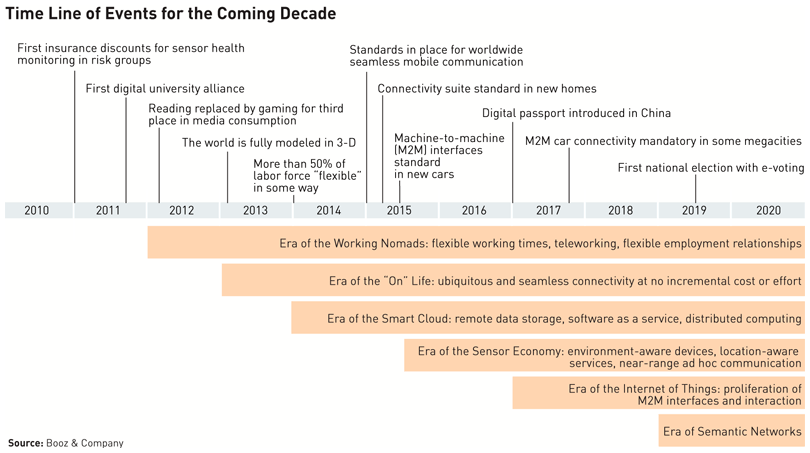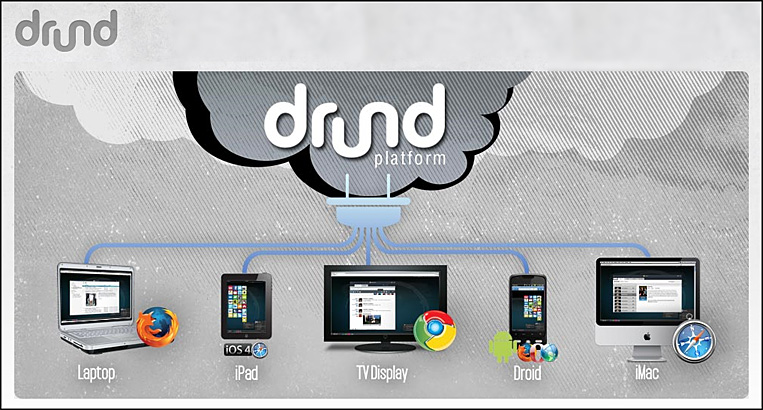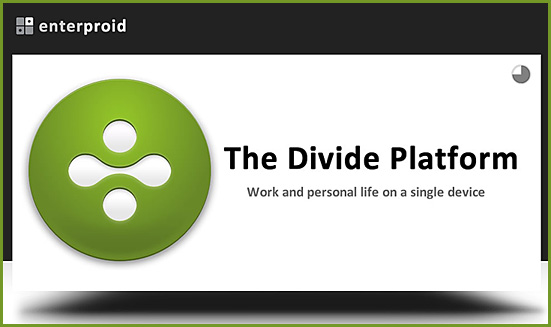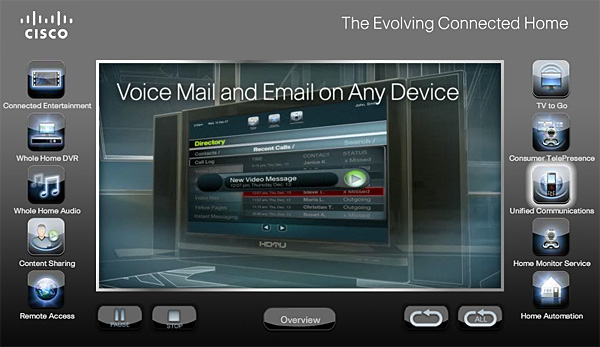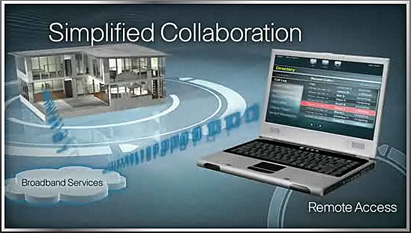MBA Curriculum Changes: Wharton, Yale, and Stanford Lead the Pack — from knewton.com by Christina Yu
Excerpt (citing article from a U.S. News article):
“Rather than consider pre-digested summaries of company situations, students tackle ‘raw cases’ packed with original data. Instead of being presented with an income statement, for example, they must mine the considerably bulkier annual filing to the Securities and Exchange Commission for data. The raw cases ‘push us to understand,’ says second-year Yale student Jason Hill. ‘They purposely put in more material than you could ever look at, but you have to learn where to look.’” (emphasis DSC)
From DSC:
I found this to be a good, interesting post. I just had a couple of thoughts that I wanted to throw out there re: it.
In looking at trends from an 80,000-foot level, I’d vote for MBA programs integrating much more of the tech-know-how — and/or appreciation of what technologies can bring to the table — as well as teaching grad students about some of the tools/technologies that are emerging these days (and I’d bet that the leaders/schools mentioned in this article are already doing this) .
I remember an instructor years ago — at SFSU’s MSP Program — saying that bots and agents will be the key to making decisions in the future, as there will be too much information for a person to sift through. The streams of content need to be tapped — but in efficient ways. So perhaps the logical step here is for MBA students to learn what bots/agents are, how to use them, and what their applications might be in making business/strategic decisions.
The most successful organizations of the future will be well-versed in technologies and what the applications/benefits of these technologies are. My bet? If you don’t have a technologist at the power table of your organization, the outlook doesn’t look very bright for your organization in terms of surviving and thriving in the future. Organizations will also need to be willing to take risks and move forward without having a full cost-benefit analysis done — as many times these don’t work well or are not even possible when implementing tech-based endeavors/visions.
Also relevant here:









